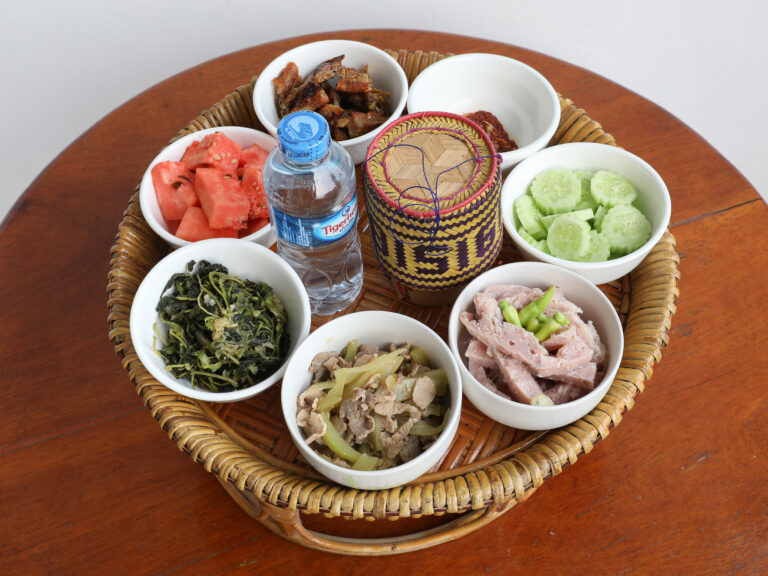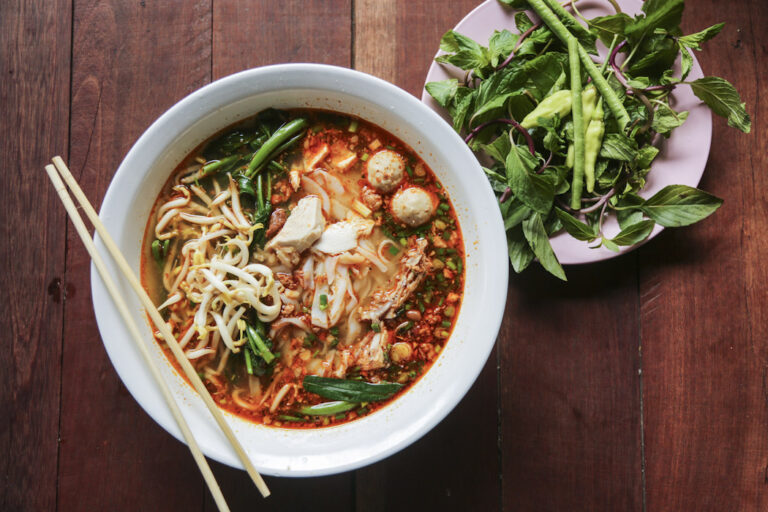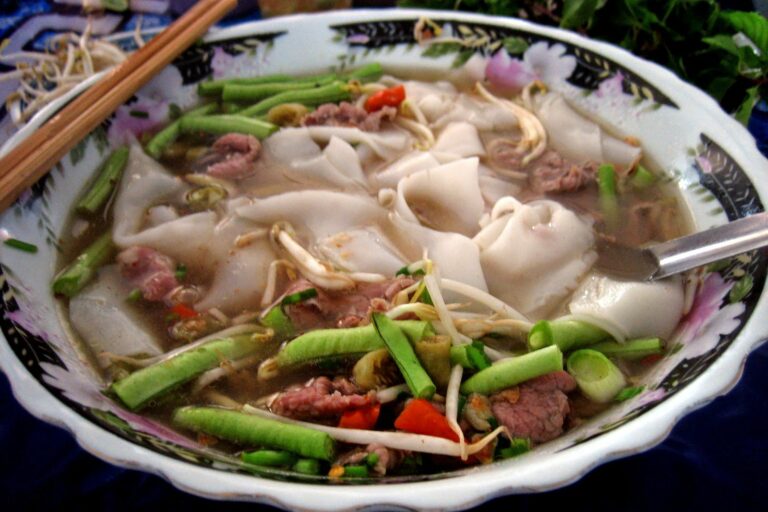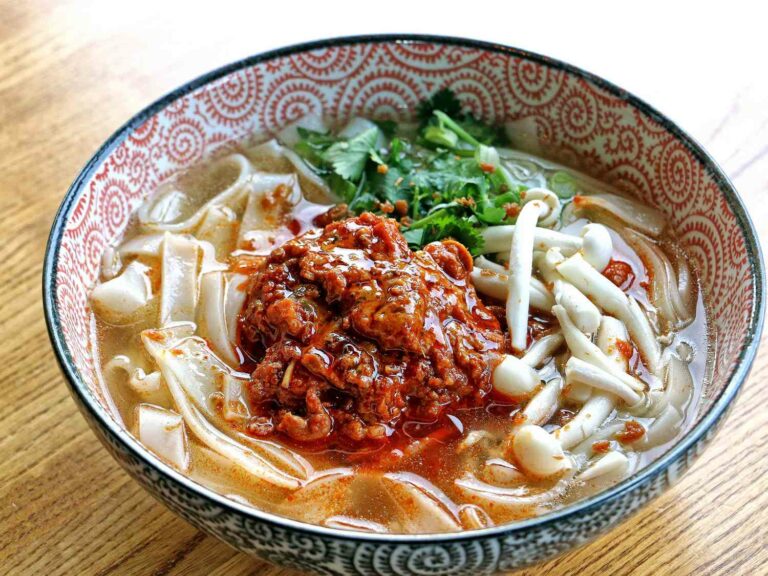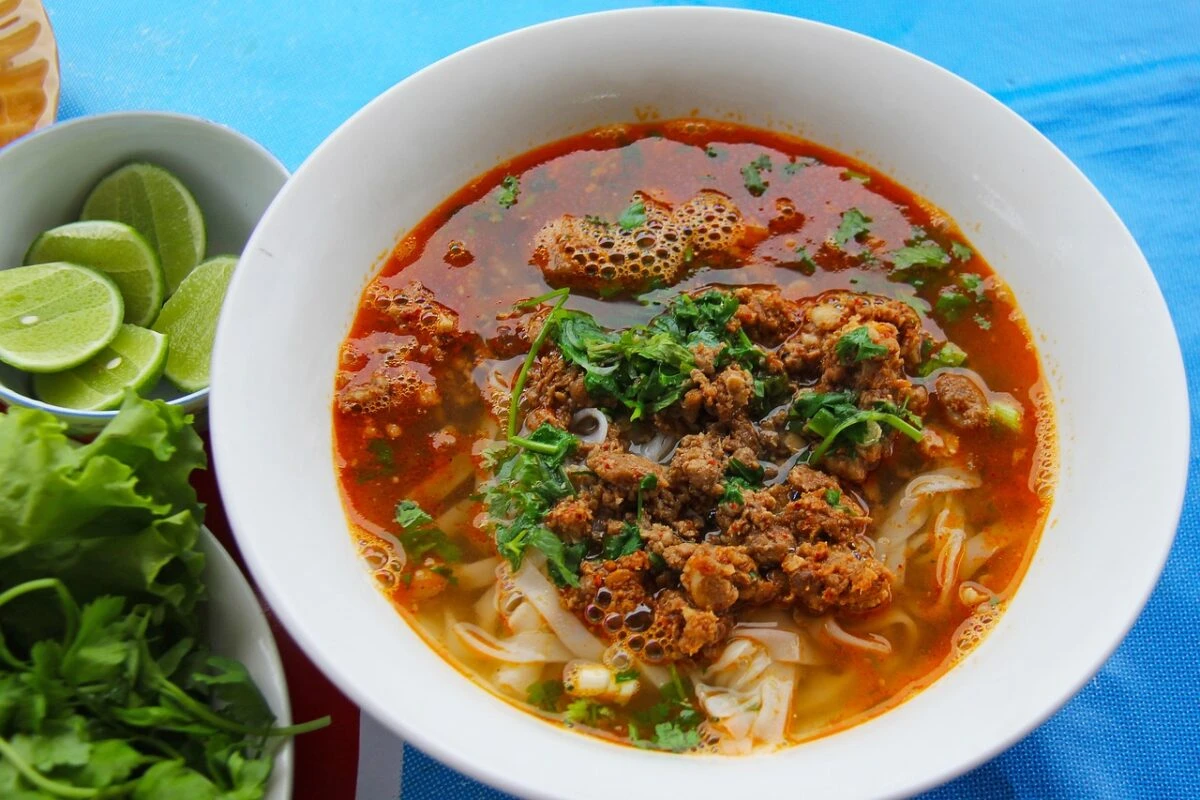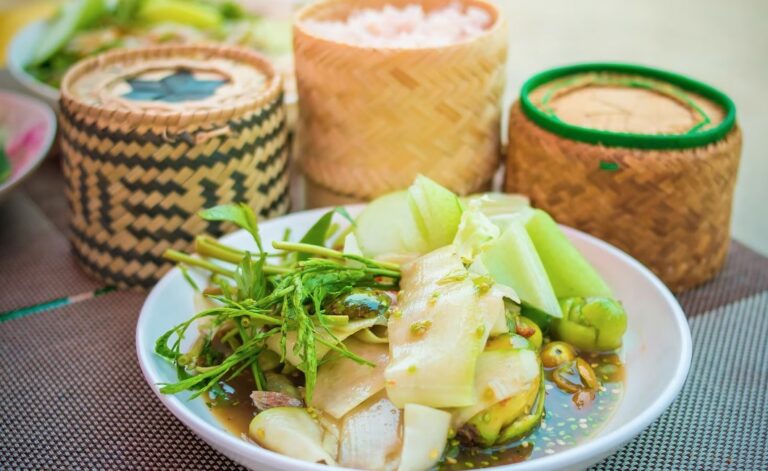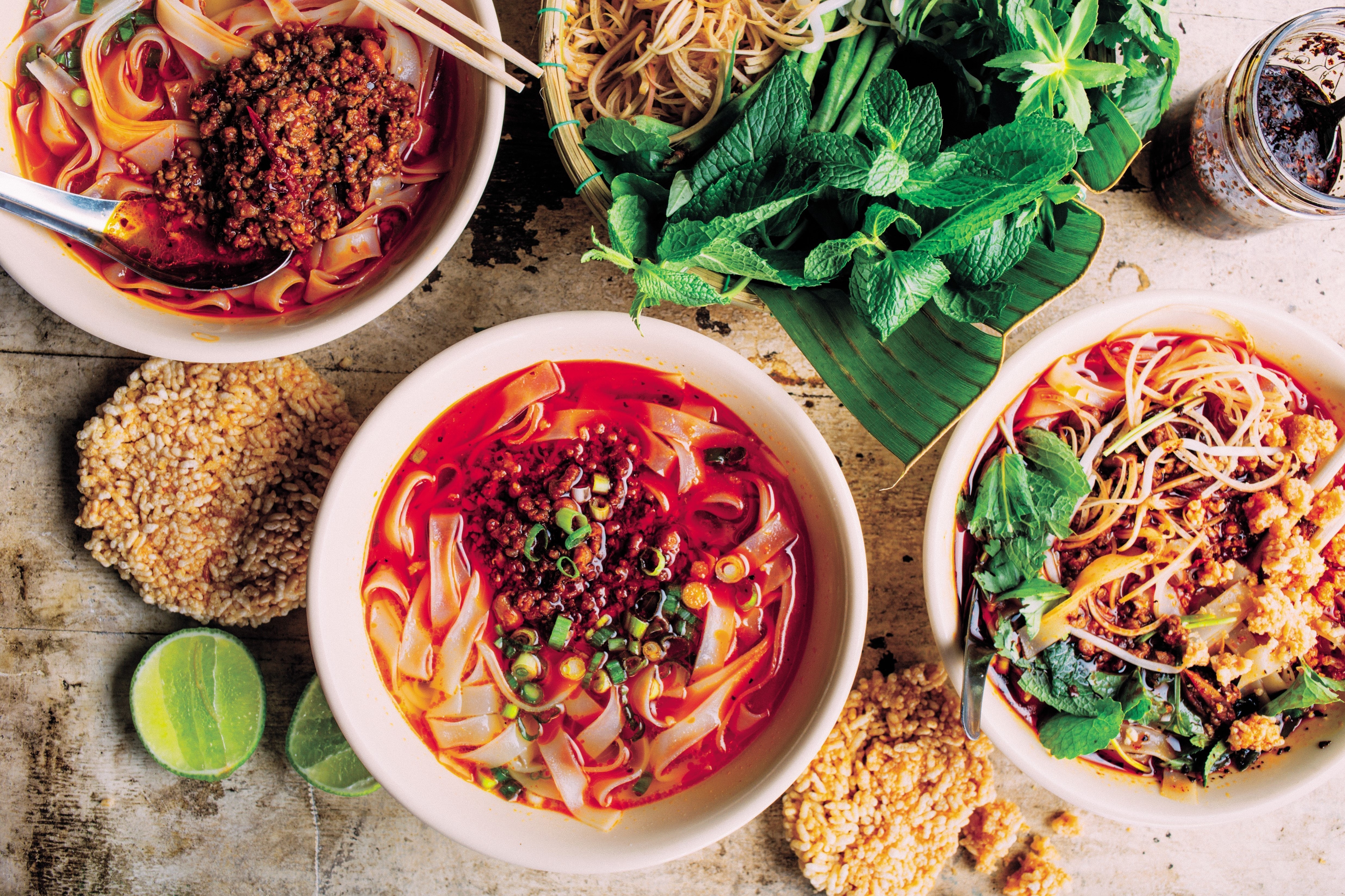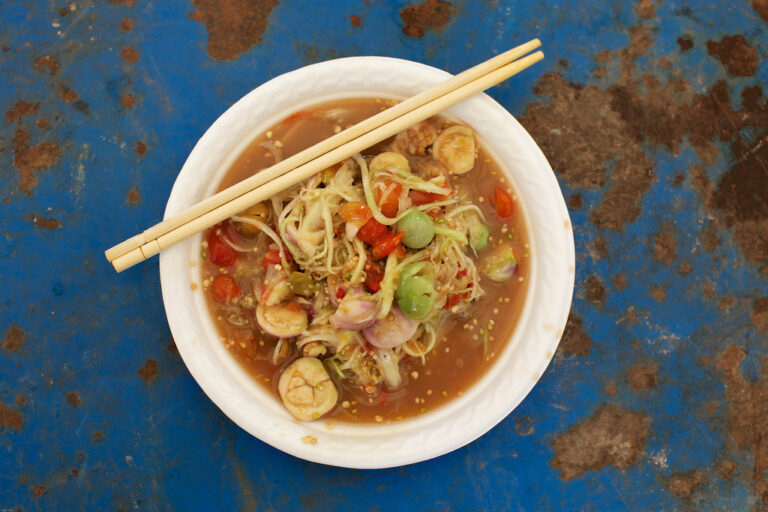Introduction to Laotian Cuisine
Laotian cuisine is a unique and flavorful blend of Southeast Asian flavors and influences. With its emphasis on fresh herbs and vegetables, spicy chilies, and tangy citrus, Laotian cuisine offers a fresh and exciting dining experience. While not as well-known as some of its neighbors, such as Thailand or Vietnam, Laotian cuisine is gaining in popularity around the world for its bold and vibrant flavors.
Sticky Rice – A Staple in Laotian Cuisine
Sticky rice is a staple in Laotian cuisine and is served with almost every meal. It is typically served in small woven baskets and is eaten with your hands. The rice is steamed until it is sticky and slightly sweet, making it the perfect accompaniment to the bold and spicy flavors of Laotian cuisine. Sticky rice is also often used as a utensil to scoop up other dishes like larb or tam maak hoong.
Larb – A Delicious Meat Salad
Larb is a flavorful meat salad that is often made with minced pork or chicken. The meat is seasoned with fish sauce, lime juice, and roasted ground rice, giving it a nutty and slightly smoky flavor. The salad is then tossed with fresh herbs like mint and cilantro, as well as plenty of chilies for a spicy kick. Larb is often served with sticky rice and makes for a delicious and satisfying meal.
Tam Maak Hoong – A Spicy Green Papaya Salad
Tam maak hoong is a spicy green papaya salad that is a popular dish in Laos. The salad is made with shredded green papaya, tomatoes, and long beans, and is flavored with fish sauce, lime juice, and plenty of chilies. The salad is then pounded in a mortar and pestle, which helps to break down the papaya and infuse it with the spicy flavors of the dressing. Tam maak hoong is a refreshing and spicy dish that is perfect for a hot summer day.
Khao Piak Sen – A Comforting Noodle Soup
Khao piak sen is a comforting noodle soup that is a popular dish in Laos. The soup is made with a rich and savory broth that is flavored with pork bones and aromatics like lemongrass and ginger. The soup is then filled with thick, chewy rice noodles and tender slices of pork or chicken. Khao piak sen is often garnished with fresh herbs like cilantro and sliced chilies for a little extra kick.
Mok Pa – A Flavorful Fish Dish from Laos
Mok pa is a flavorful fish dish that is traditionally cooked in banana leaves. The fish is seasoned with a blend of herbs and spices like lemongrass, garlic, and ginger, and then wrapped in banana leaves before being steamed or grilled. This cooking method infuses the fish with the flavors of the herbs and spices and gives it a tender and juicy texture. Mok pa is a delicious and flavorful dish that is perfect for seafood lovers.



